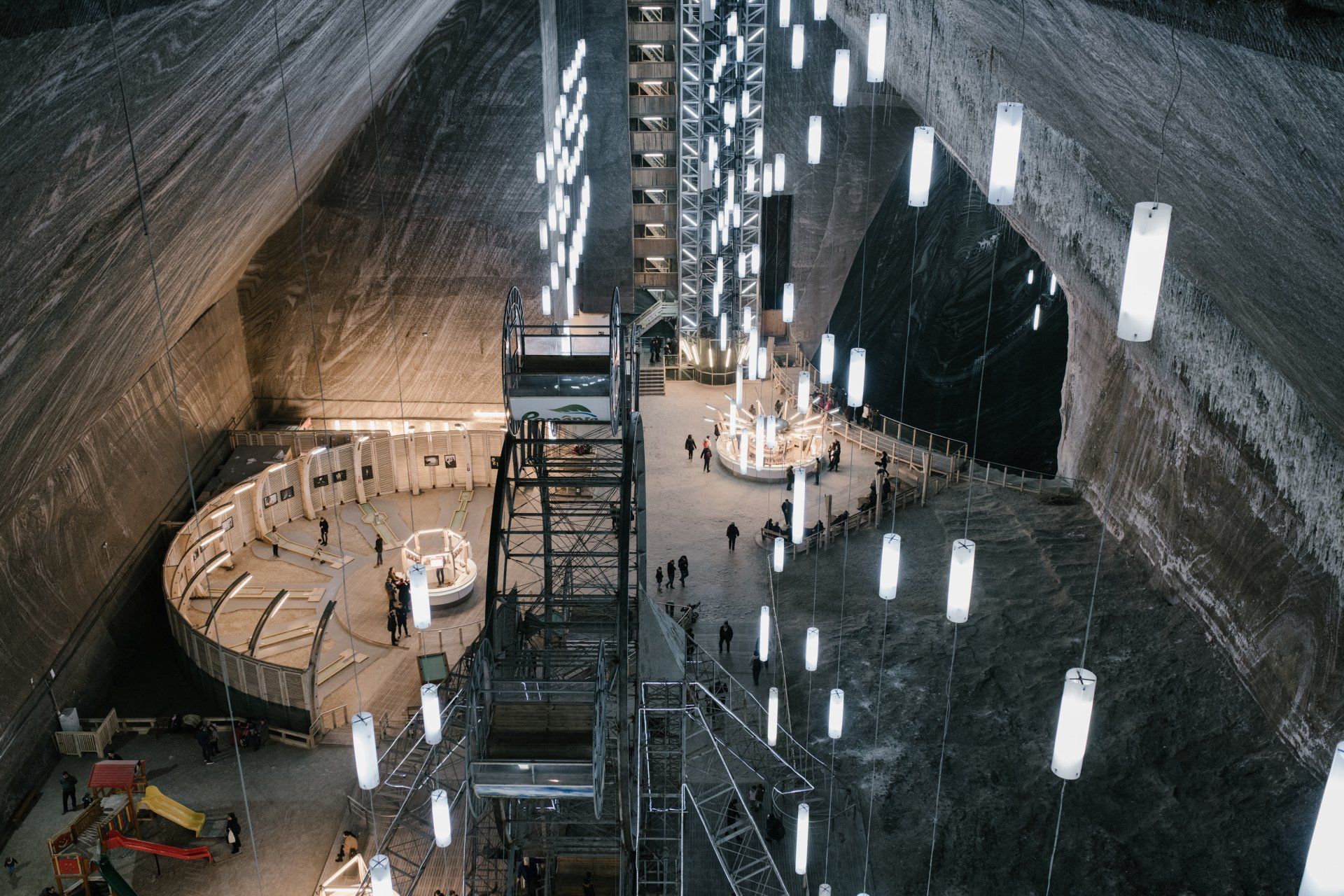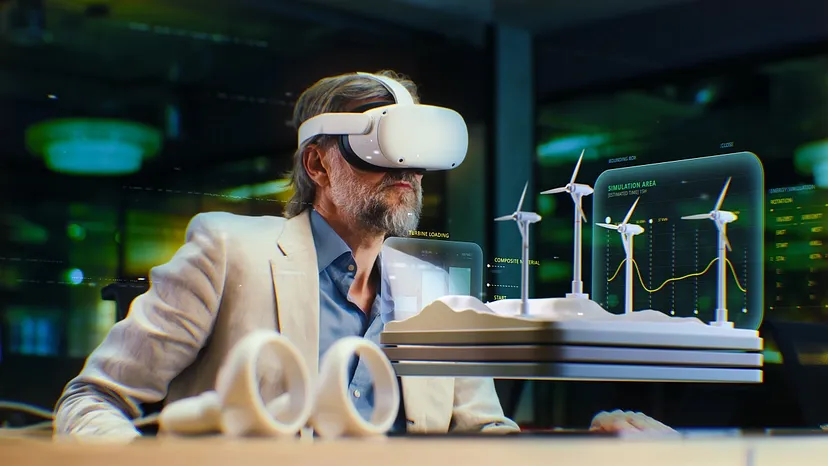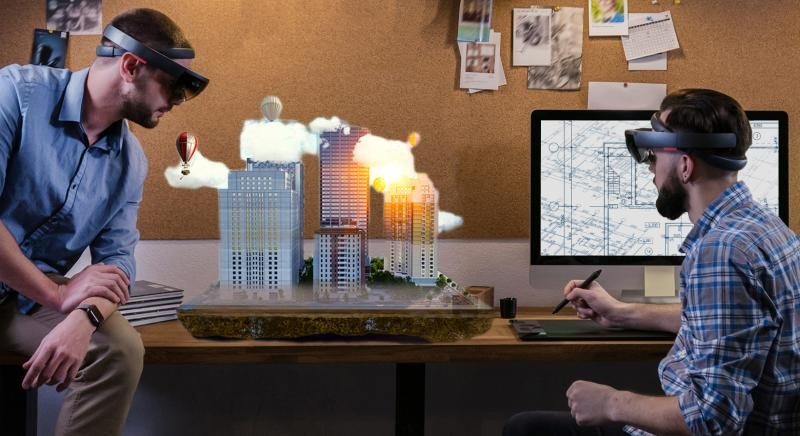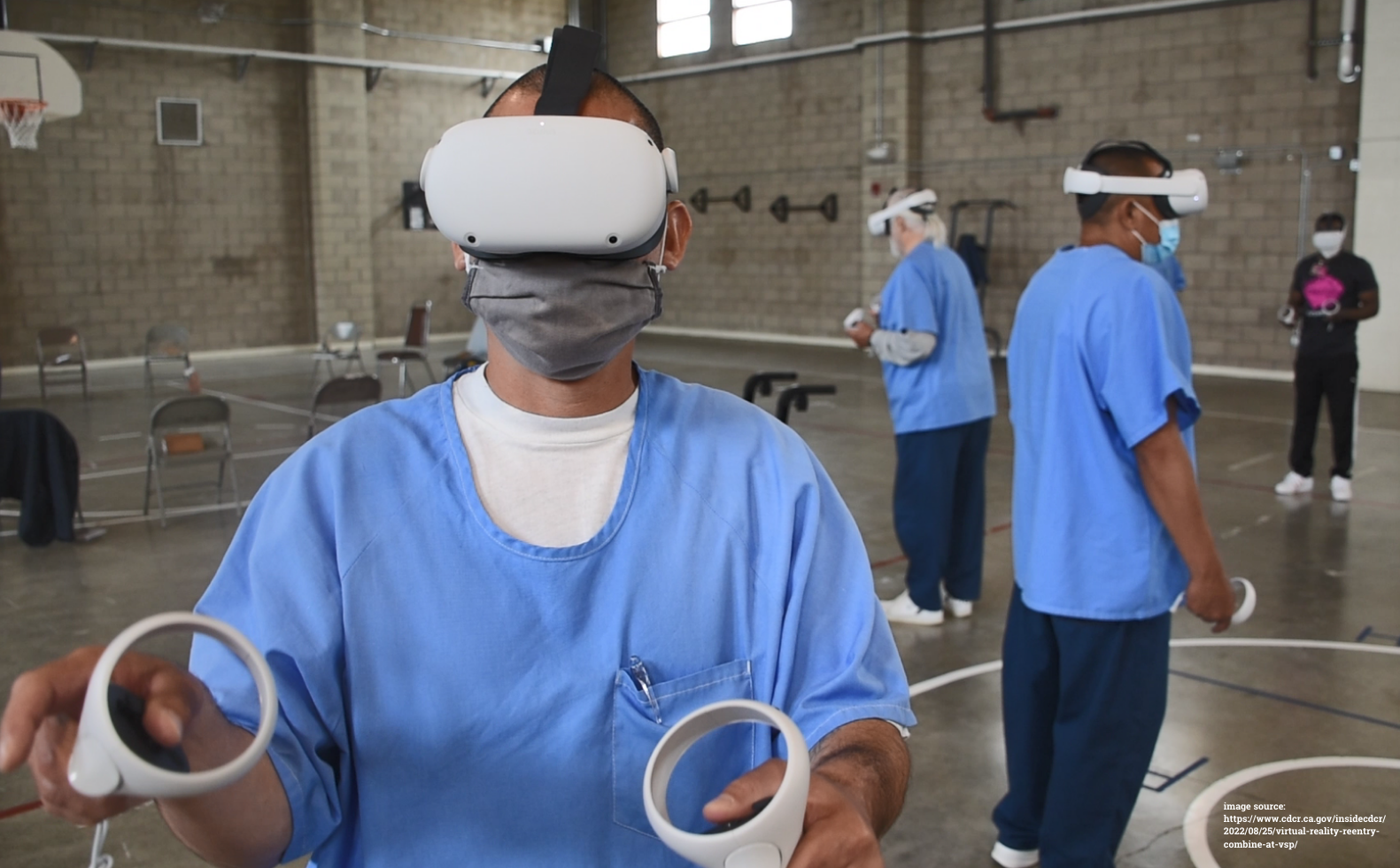Virtual Reality is Changing the Mining Industry

It's well known that the mining industry contains many risks and inefficiencies. What's less known, is that virtual reality is helping fix both these issues, and as a result, improving the entire process of how a mine operates.
From effectively training workers with hazardous simulations, to saving time with mapping out layouts and designs, to improving team communication and implementation or tasks, virtual reality is changing the mining industry.
Below are three of the common uses of VR in the mining industry.
1. Safety Training

The dangers of mining operations are very well known and inadequate training is often a root cause for many mining fatalities.
Hands-on training in an actual mining environment provides only limited real-life opportunities, however virtual reality-based training can expose the workers to real-world working conditions without the associated risks.
VR training in the mining industry makes it possible to train the entire team of workers, operators and managers in order to make the entire mining operation more safe and effective.
By using VR for training, mining teams are able to practice their skills in a safe and realistic environment to perform various tasks, such as operating heavy machinery, handling hazardous materials, or responding to emergencies. This can help miners to develop the skills and knowledge they need to perform their jobs safely and effectively.
Curious about VR Training?
View our VR Safety Platform
2. Visualization & Design

Another use of VR in the mining industry is for visualization and design. VR can be used to create 3D models of underground mine sites, which can help engineers and geologists to visualize and understand the layout and geology of a mine. This can be particularly useful for planning and designing new mines or for identifying potential hazards and developing strategies to mitigate them.
Bit Space developed a VR Simulation for the younger generations to explore what careers look like in the mining industry.
Click here to view Mining VR
3. Team Communication

In addition, VR technology is being used in the mining industry to improve communication and collaboration among teams. For example, VR can be used to create immersive experiences that allow team members to work together in virtual environments, regardless of their physical location.
As a result, VR can help improve the efficiency and productivity of tasks by allowing teams to communicate and collaborate more effectively.
Click to share this article
Other posts from our blog
Transform your business with immersive technologies
Schedule a consultation to see how BSD can help your organization unlock new avenues of engagement.
CONTACT US
Global Headquarters
1555 Dublin Avenue, R3E 3M8
Winnipeg, MB, Canada
PUBLIC RELATIONS
DIVISIONS
GENERAL
IN THE SPIRIT OF RECONCILIATION
We would like to acknowledge that the land on which we gather is Treaty One Territory, the home and traditional lands of the Anishinaabe (Ojibwe), Ininew (Cree), and Dakota peoples, and in the National Homeland of the Red River Métis. Our drinking water comes from Shoal Lake 40 First Nation.
Join 10,000+ people who get XR tips, insights, and company updates monthly.
Contact Us
We will get back to you as soon as possible.
Please try again later.
Privacy Policy Accessibility Sitemap Support
Bit Space Development Ltd.





